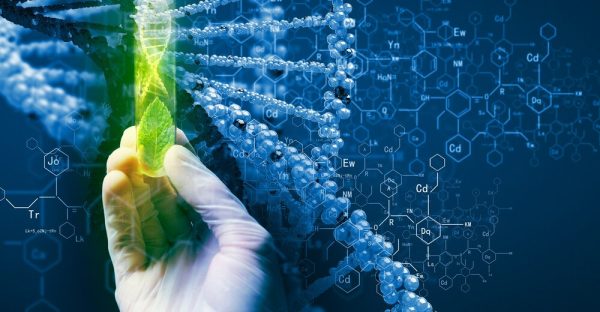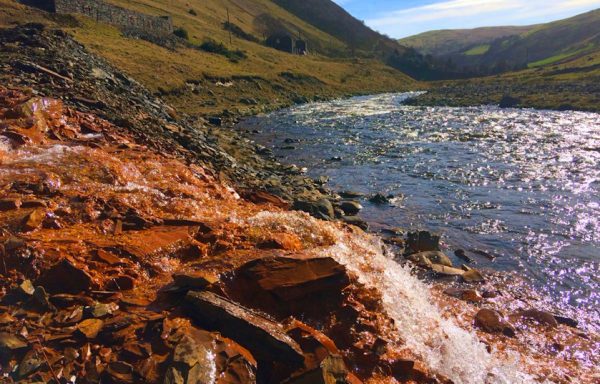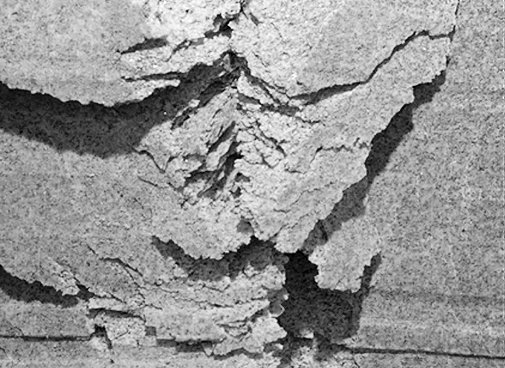
The principles of biotechnology are presented in the context of the mechanisms of interactions between microorganisms (microbial biomass) and the metals. The mechanisms of biogeochemistry in natural habitats may be used for the development of environmental friendly technologies. The interactions and roles of microorganisms with carbon, sulfur, nitrogen and phosphorus cycles as well as with those of selected elements such as iron, manganese arsenic and selenium are initially presented and discussed. More specifically, after the presentation of the microbially mediated transformations of metal species such as bioprecipitation, bioreduction and biooxidation, their potential applications in a number of processes follow. The course includes laboratory exercises aiming at the deeper understanding of the processes and the achievement of skills on the experimental study of the interactions between metals and microbial biomass and their applications in environmental technology, metallurgy and materials engineering.
- Environmental biotechnology principles: The lithosphere and the hydrosphere as microbial habitats.
- The microbial metabolism. Biochemical processes.
Energy production by the microbial cell (Bioenergetics).
The biochemical reaction/methodology of writing a biochemical reaction.
The sequence of microbial interactions in relation to the terminal electron acceptor: Oxygen-aerobic metabolism. Nitrogen-Denitrification
Manganese-Mn reduction. Iron-Fe reduction. Sulfur-SO42- reduction - Geomicrobiology of carbon, nitrogen, sulfur and phosphorus.
- Geomicrobiology of iron, manganese, arsenic and selenium.
- Cell surface reactivity and metal interactions :
Cell surface structure. 5.2 The charge of the cell surface. Acid-base reactions in the cell surface. Electrophoretic mobility.
Biosorption of metals. Modeling. Sorption isotherms (Freundlich, Langmuir), complexation on the cell surface.
Interactions of metals and microbial biomass by metabolically active cultures. 5.5 The role of microorganisms in the mobility of metals.
Bioremediation for metals sequestering from wastes and Biorecovery of metals. - Biosynthesis (biomineralization – biological induced mineralization). 6.1 Microbially mediated formation of nuclei and crystal growth (mineral nucleation and growth). 6.2 Biotransformation of iron species: iron hydroxides/ magnetite. 6.3 Biotransformations of manganese oxides. 6.4 Biotransformations of carbonates, phosphates and sulfur species. 6.5 Characterization and applications of the materials formed by the above mechanisms.
- Microbial weathering.
Biochemical reactions in the surface of ores. 7.2. Decomposition of silicates and carbonates in minerals and ores. 7.3. Biooxidation of sulfide ores. Bioleaching.



